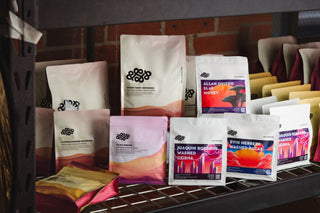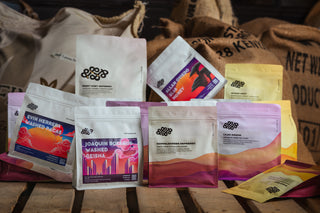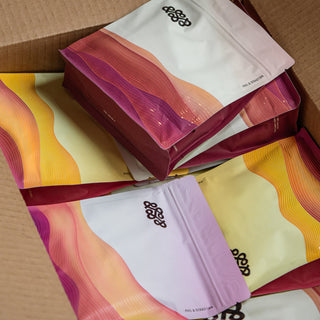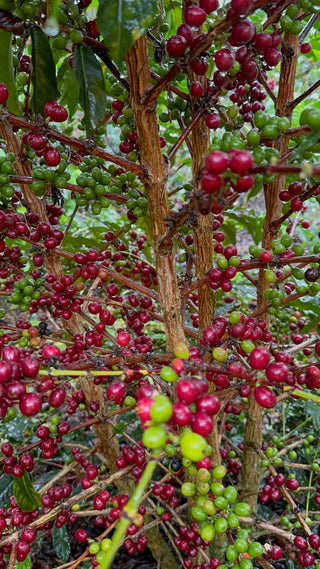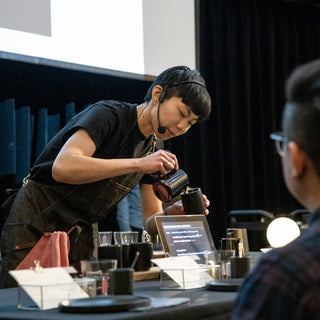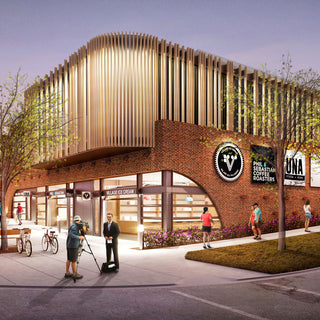Welcome to the 5th installation of #customroasterseries, about our 45kg coffee roaster that we finished designing and building last summer (after 3 years of work!). In this edition, I’ll be talking about our Thermal Oxidizer (Afterburner).
Our Thermal Oxidizer was designed and built by a company called Inproheat based on the specifications I provided. They did a great job, and I would recommend them if you’re after a thermal oxidizing solution. That said, Thermal Oxidization is a blunt force instrument. The premise of its function is if you heat the odorous, volatile organic compounds (VOCs) released by the roasting process hot enough and long enough (this is why the unit is so big) they will combust—effectively thermally oxidizing. The process requires a powerful burner, which consumes more fuel than our roaster. Why did we choose this as our air cleansing method? The simple answer is the lack of effective options. From what I’ve seen, the other common alternative - the electrostatic precipitator - doesn’t really work, and I’ve talked to a few companies that removed them in favour of the old fashioned thermal oxidizer.

In a “clever” attempt to reduce fuel consumption, I installed an electronic switch to use software to set the oxidizer flame at the lowest level during the early part of roast. Then at the 5-minute mark, the software sets the burner at full flame to handle the most odour-generating part of the roast. While it seemed like a good idea, I had to abandon it in favour of running the oxidizer all the time for two reasons: 1) enough odour is still generated in the early stage of the roast, 2) ramping up the oxidizer mid-roast created undesirable airflow variation. Further to issue no. 2, many roasters have reported that their oxidizer affects roasting airflow, and after taking some measurements, I agree. When the oxidizer ramps up to high flame, the airflow pulled through the coffee roaster is higher than when it runs at a low flame. The best strategy I used to deal with this issue was really good PID parameter tuning on the oxidizer. After a thorough tuning, our roaster airflow is very stable.
-Phil


